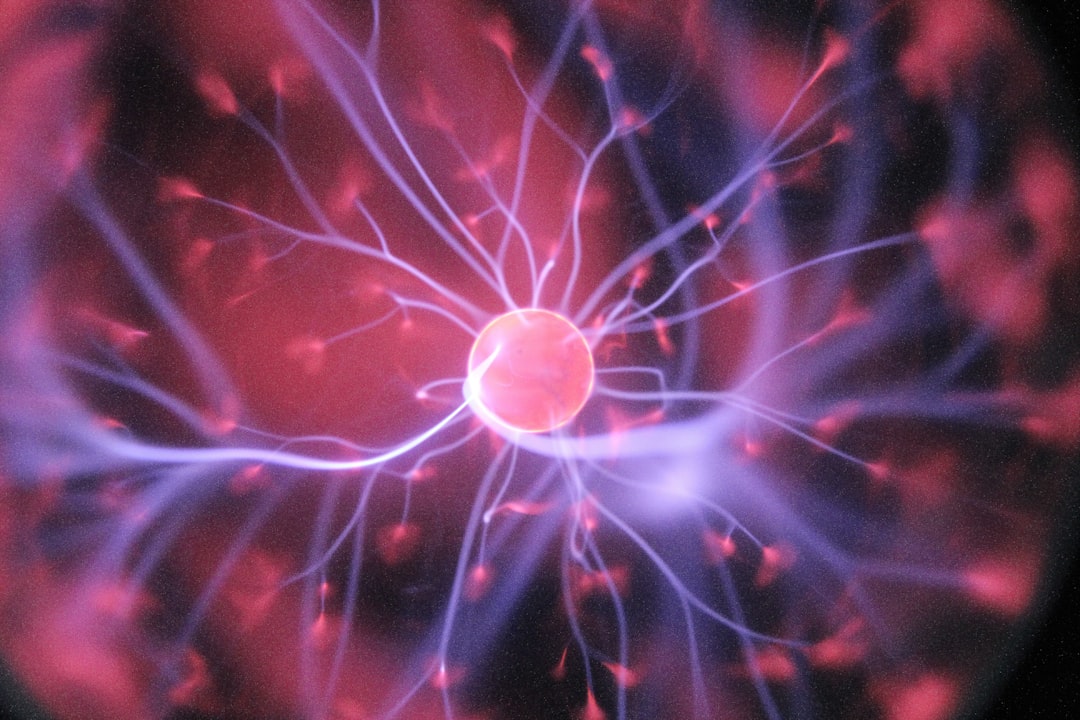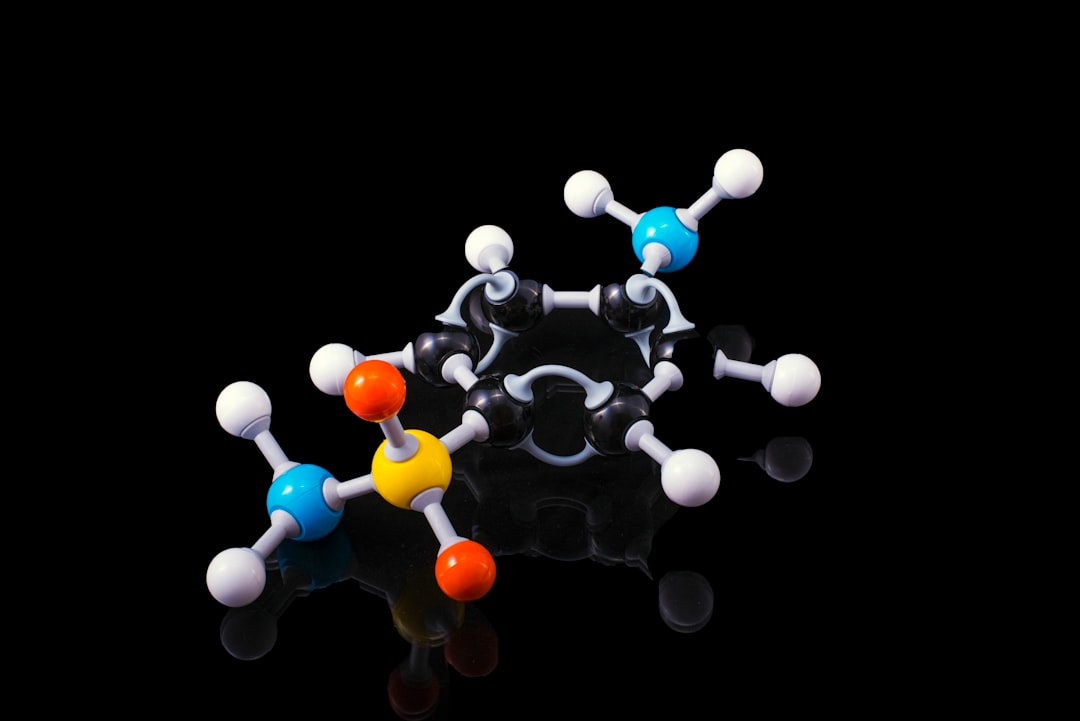What is it about?
Technical activities to collect poly-metallic nodules on seabed are likely to disturb the top-layer sediment and re-suspend it into the ambient ocean water. The transport of the re-suspended polydisperse-sized sediment is a process in which particles' size variation leads to a di erence in their settling velocities; and thus the polydispersity in sizes of sediment has to be taken into account in the modeling process. The sediment transport within a window of 12km is simulated and analyzed numerically in this study. The sediment characteristic and the ocean current data taken from the Peru Basin, Paci c Ocean, are used in the simulations. More than 50% of the re-suspended sediment are found to return to the bottom after 24 hours. The sediment concentration in the ambient ocean water does not exceed 3.5kg/m3 during the observed period. The deposition rate steadily increases and reaches 70% of the sediment re-suspension rate after 24 hours. The sediment plume created by the activities comprises mainly very ne sediment particles (clays and silts), whereas coarser particles (sands) are found in abundance in the deposited sediment within 1km from the source location. It is also found that the deposition process of the re-suspended sediment is changed remarkably as the current velocity increases from 0:05m=s (medium current) to 0:1m=s (strong current). The strong sediment deposition trend is also observed as the sediment source moves continuously over a region due to the sediment scattering effect.
Featured Image
Read the Original
This page is a summary of: A smoothed particle hydrodynamics (SPH) study on polydisperse sediment from technical activities on seabed, Physics of Fluids, February 2018, American Institute of Physics,
DOI: 10.1063/1.5019811.
You can read the full text:
Contributors
The following have contributed to this page










